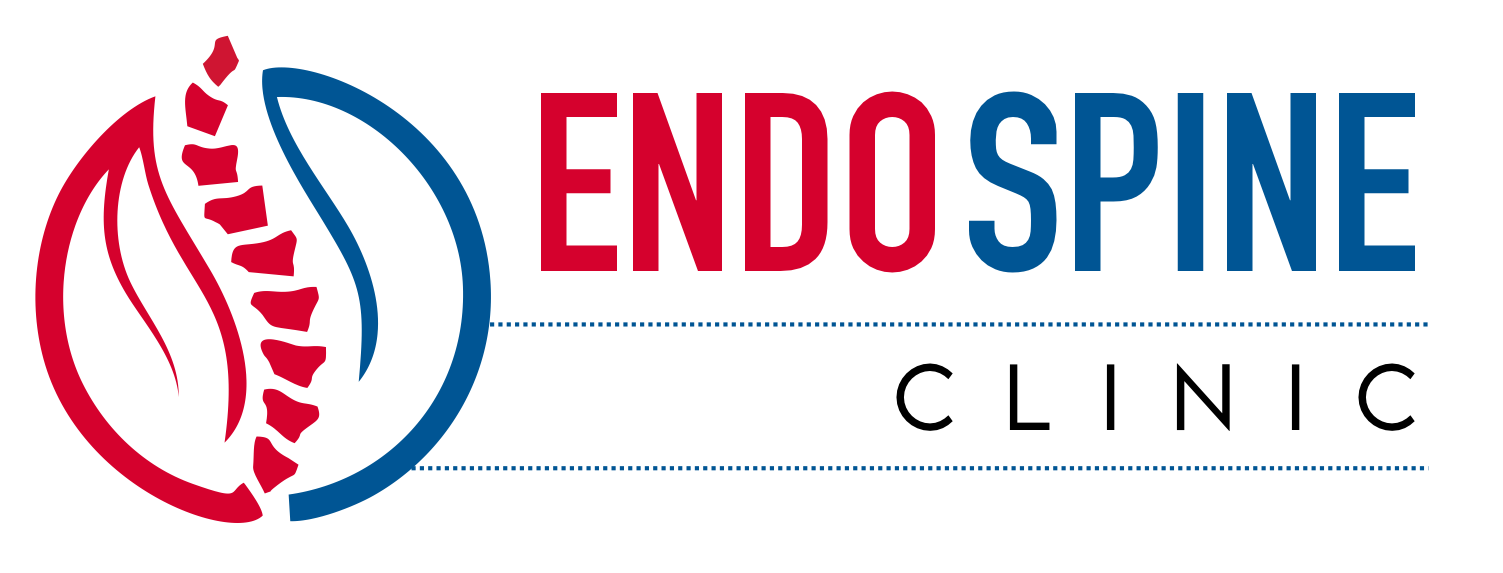Epidural Injections
Epidural steroid injections offer relief for patients who have lower back pain and leg pain. This non-surgical method of treatment can be very effective for treating patients with sciatica and lower back pain. The injection delivers a dose of steroids and anaesthetic into the epidural space in the spine.
The epidural space on the spine contains lymphatics, spinal nerve roots, loose fatty tissue and a network of blood vessels and small arteries. Inflammation of the nerves roots due to a damaged disc, contact or injury can cause uncomfortable pain in the lower back and legs.
The anti-inflammatory properties of the epidural injection provide relief for back and leg pain. The treatment may provide permanent or temporary relief and is often used as part of a interdisciplinary treatment plan while the injury or source of pain is being treated and healed.
Lumbar Epidural Steroid Injection:
Epidural steroid injection is a procedure administered to relieve pain caused by pinched or inflamed nerve(s). These epidural steroid injections can be used for various types of pain, including joint pain, knee pain, back and neck pain. The injection of medication into the surrounding area helps to decrease pain and swelling of the inflamed nerve(s). Some common types of epidural steroid injection procedure used to help reduce pain are thoracic epidural steroid injection, lumbar epidural steroid injection, caudal epidural steroid injection or cervical epidural steroid injection. Although rare, risks of epidural steroid injection procedure may include infection, allergic reaction to the medication, spinal headache, nerve damage, and prolonged increase in pain.
Cervical Epidural Steroid Injection:
Cervical epidural steroid injection procedure are administered to relieve pain in the neck, shoulders and arms caused by pinched or inflamed nerve(s) in the cervical spine. Conditions such as herniated discs, spinal stenosis or arthritis can compress and pinch nerves causing inflammation and pain. The cervical epidural steroid injection into the surrounding area helps to decrease swelling of the inflamed or pinched nerve(s) as well as reduce inflammation and pain. Although rare, risks cervical epidural steroid injection procedure may include infection, allergic reaction to the medication, spinal headache, nerve damage, and prolonged increase in pain.
Lumbar Selective Nerve Block:
A selective nerve block is used to relieve severe pain caused by irritation to the nerves in the spine, such as with a “slipped” disc or pinched nerve. Selective nerve blocks can also be used to diagnose a back problem and determine if a nerve root is the source of pain.
As the name indicates, a selective nerve block, targets specific nerves, rather than an entire area. The injection delivers a therapeutic combination of steroids and anaesthetic to reduce inflammation and reduce pain. While pain relief is temporary, the length of time is dependent on the patient’s specific condition and symptoms.
When used to diagnose a condition, a smaller dose of medication is injected into the painful nerve(s). If pain is relieved, then the doctor can confirm a diagnosis and proceed with a treatment plan.
Selective nerve block is also effective for relieving arm or leg pain and are generally not used for midline back pain.
Facet Joint Injections:
Your spine is made up of small bones called vertebrae. Each vertebra has flat surfaces called facets that touch where the vertebrae fit together. The space where two facets meet creates a facet joint on each side of the vertebrae.
Facet joint injections deliver pain relieving medication and are used as part of an interdisciplinary approach to pain management and therapy. The facet joints are the small joints at each segment of the spine. Providing stability and helping to guide movement, the facet joints can become damaged by arthritis, injury or stress to the back.
Facet joint pain is often characterised by a dull ache across the back. Facet joint injections deliver a dose of steroids and anaesthesia to the affected joints. Because the facet joint injections actually block the pain, the procedure is sometimes called a facet block.
Sacroiliac (SI) Joint Injections
Sacroiliac (SI) Joint Injections are an effective treatment for relieving back pain. The SI joint connects the pelvic bones to the spine. These small joints absorb forces from the upper body and are responsible for shifting weight from the lower back to the hips and legs.
These joints can become injured, leading to Sacroiliac Joint Dysfunction. This condition causes chronic pain and discomfort, often characterised by pain in the lower back, buttocks, groin and legs.
The SI joint injection can accurately target the affected area and deliver a mix of steroids and anaesthetic to reduce inflammation and swelling of tissue in the joint space. This powerful, long lasting medication will provide relief for lower back and leg pain for an extended period of time.
There is no cure for SI joint dysfunction, but SI joint injections do provide long lasting relief. Injections are commonly used in a multidisciplinary approach. Other techniques for relieving SI joint pain may include Platelet Rich Plasma therapy.
Radio-frequency Neuro Ablation:
Radio-frequency Neuro Ablation or neurotomy is intended to decrease or stop pain originating from the facet joints of your neck and spine. The radio-frequency neuro ablation procedure is usually performed after you have demonstrated pain relief from a “test” injection such as a facet joint or medial branch block injection. During the procedure, an electrode is inserted in the area near the irritated nerve in the facet joint. The electrode heats up a small area of nerve tissue, decreasing pain signals from that specific area. A radio-frequency neurotomy can be performed on the neck, back, coccyx or sacrum areas and can provide pain relief for about one year. The degree and length of relief will vary with each patient. Although uncommon, risks may include increased pain, infection and bleeding.


